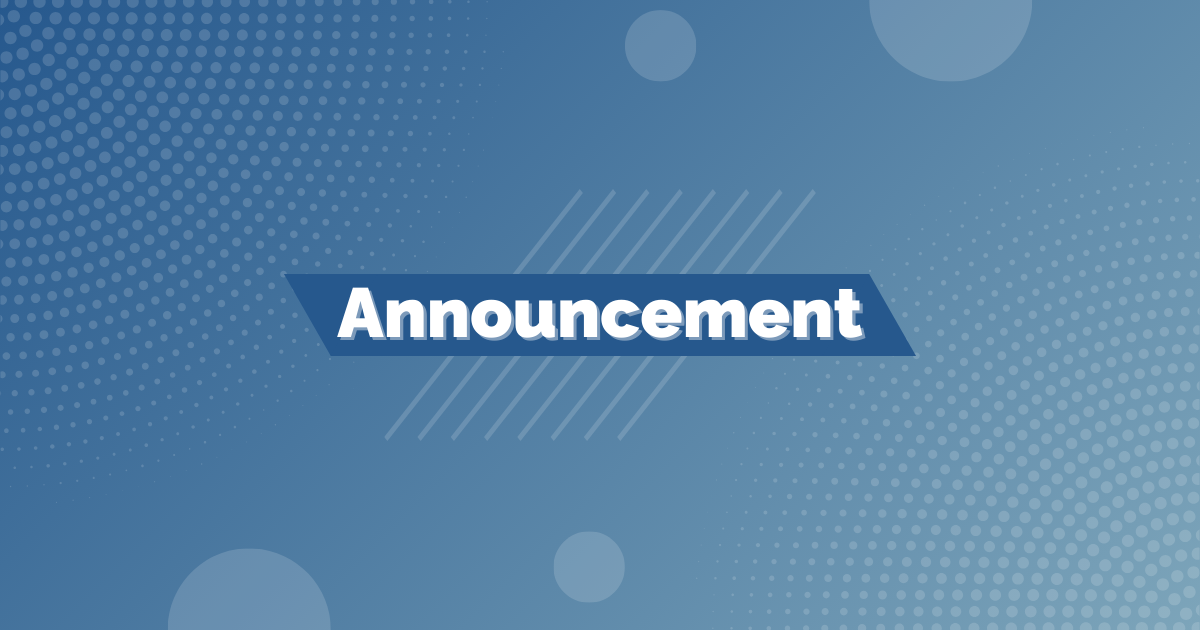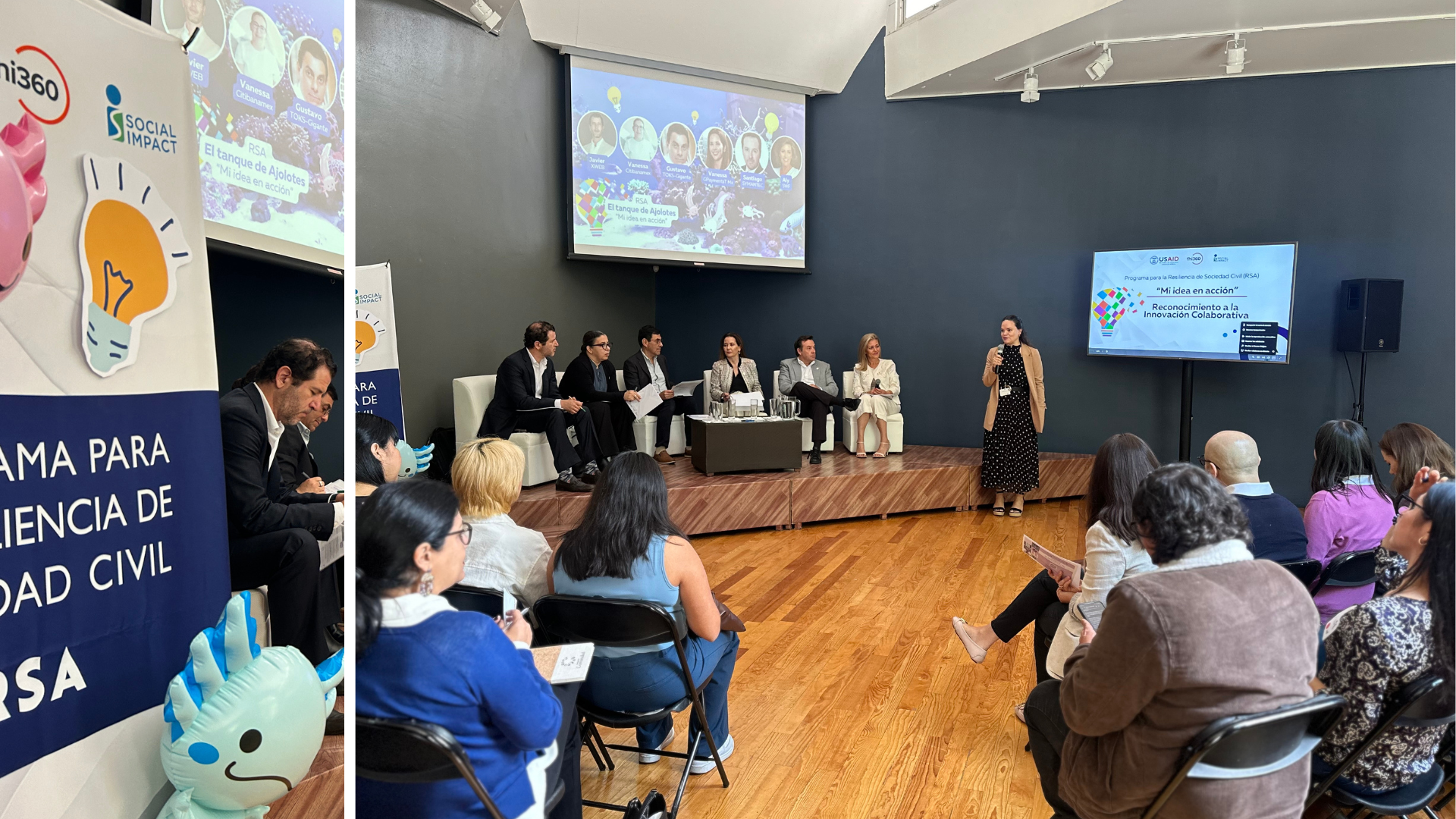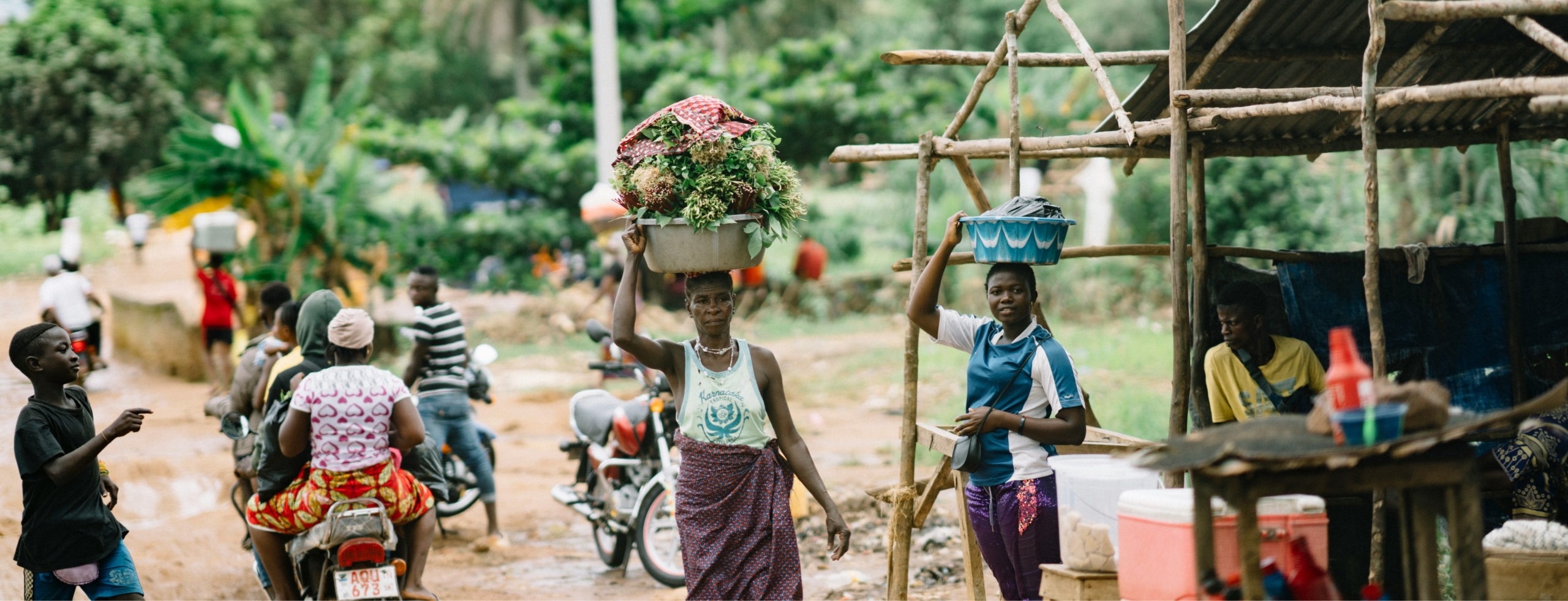Co-authored by Salman Jaffer and Stephanie Schmidt, Social Impact and Mark Childerhose, USAID
Co-creation is a renewed focus for USAID. Here are five takeaways from a workshop where participants co-developed an activity, to help inform future thinking within the sector and Agency.
Background
Recently Social Impact supported USAID’s Regional Development Mission for Asia (RDMA) (through the USAID/Asia Learning, Monitoring, & Evaluation project) in facilitating an activity co-development workshop. Participants included the Regional Environment Office, Program Development Office, an implementing partner consortium, and others. The activity designed aims to improve the application of environmental safeguards for infrastructure investments in the Mekong region.
After the workshop, Social Impact’s facilitators surveyed the 20 participants to query their expectations, experience with the process, and solicit suggestions for similar workshops in the future. Based on the survey and Social Impact’s extensive design facilitation experience, here are some takeaways from the process that can inform other co-development efforts at USAID and more broadly in the sector.
What we learned
Many takeaways are consistent with those from other co-creation activities (see other blog postings from USAID/Guatemala and Gateway Academy). This experience reinforced the importance of sufficient planning and time to engage with stakeholders ahead of the co-development workshop as well as the value in recognizing points of uncertainty to clarify together and prioritizing their discussion.
Here are five takeaways from this process:
1. Start the process early.
Engage with stakeholders ahead of a workshop or other co-development event to understand their priorities and expectations coming into the process. Though this requires more time up front, it helps to be more explicit about the knowledge base and perspectives participants will bring to the co-development experience in creating the agenda and teasing out different viewpoints. Additionally, discussing expectations in the process and anticipated outputs of co-development can improve the relevance of the workshop as well as participant satisfaction.
2. Anticipate uncertainty.
Explicitly recognize points of uncertainty and next steps early on to help focus the co-development workshop. Identifying key knowledge gaps early and understanding next steps in the procurement process helped to focus the content of the workshop. Adapting the schedule, when needed, provided additional time and discussion for topics that required it. Prioritizing aspects of the workshop focused on sections of the activity description and scope fed into higher-quality deliverables and increased clarity for post-workshop actions.
3. Start with the hard part.
Complex or sensitive designs require significant time in the beginning for group context setting and analysis. As an ambitious regional activity aiming to affect complex and dynamic financial and organizational relationships, the workshop built a common understanding of the context among participants before proceeding. Given the diverse perspectives and areas of expertise among participants, this took two to three days at the outset of the workshop, but it was critical for making strategic decisions around the technical approach and enabling decisions around opportunities, risks, and mitigating factors. Building in this at the outset is critical for effective co-development. The amount of time required will vary based on the complexity of the problem and resources available for analysis.
4. Cast a wide net.
With a broad array of engaged technical sectors, planning for exploration of potential technical approaches, additional research, and post-workshop research may be necessary. Given the breadth of the activity and openness to fresh thinking in co-development, the group considered a range of potential approaches and entry points and took a collaborative approach to prioritize problems. Using a series of divergent-convergent exercises provided space to tease out areas of complexity and uncertainty, while creating structure for the group to parse potential solutions. Eventually, this helped determine a strategic technical approach optimal for all aspects of the activity.
Combining broad thinking with the specialized knowledge required to design an effective activity made it impossible to engage experts from every field. Rather, the group recognized the need for a design approach that integrated further research before arriving at final activities. Identifying questions throughout the workshop identified potential other areas to explore, additional research, and even facilitated post-workshop follow-up, such as outreach to tap into additional technical information.
5. Plan to learn and adapt.
Build adaptation into design and procurement processes from the start. As with other design processes, the group identified key risks and assumptions to monitor around the activity. Given the dynamic and unpredictable nature of some results, however, this was particularly important. Participants recognized this from the start. There were early discussions about what changes might be necessary and what language should be considered in the award to elegantly articulate what was discussed. This included aligning expectations around adaptive thinking. It also helped the team think through what management structure, staffing, and processes to establish from the start to maximize adaptive management during implementation.
What has been your experience with co-creation activities? Do these lessons resonate, or how do they contrast with your experience?








